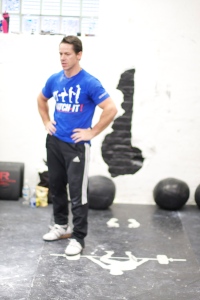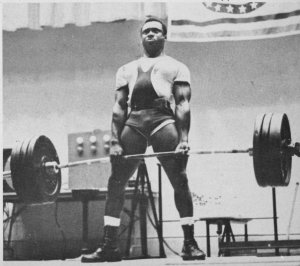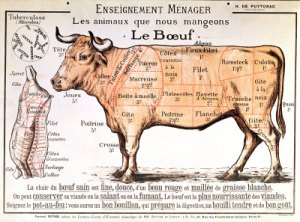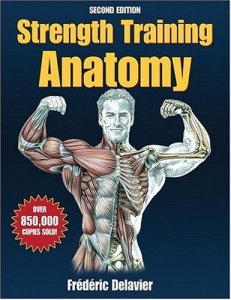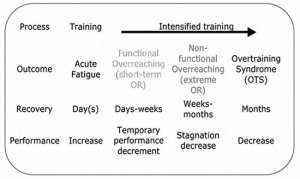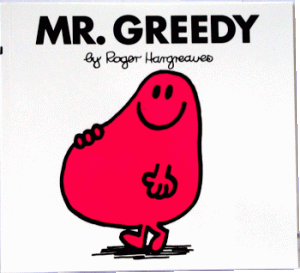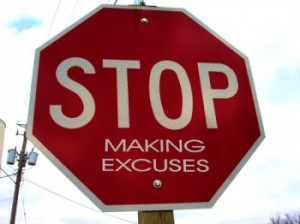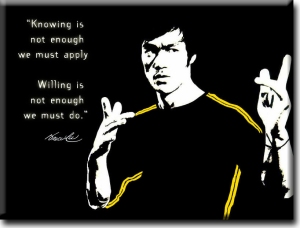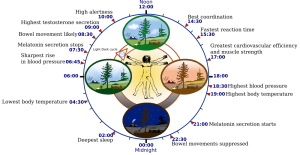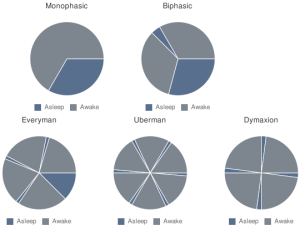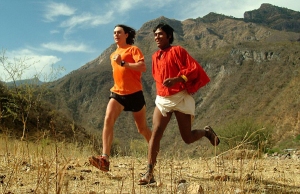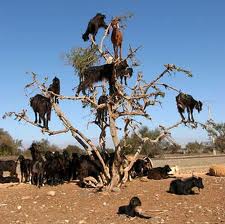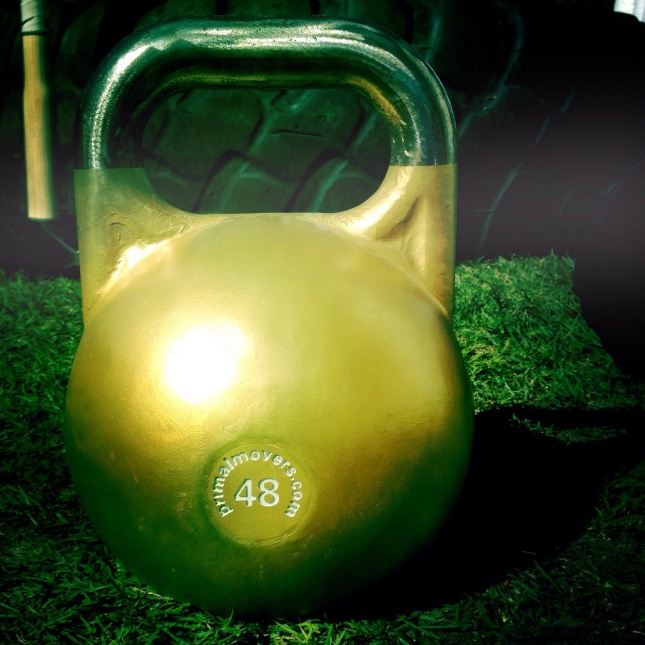
Kettlebells are not usually associated with pure strength training, but are so versatile that they can be used in conjunction with more traditional methods using heavy barbells, for example. Here, I list a few of my favorite exercises that can provide strength benefits when using heavier kettlebells, such as the 48kg “Beast”. Note that these relatively common and simple movements are useful for higher volume, lower weight training as well, and it’s advisable to build up a solid work capacity with lighter weights, before attempting to pick up heavier bells and focussing on strength. Start off with the 12kg or 16kg and work in a higher rep range (10-20) and gradually move up (20kg, 24kg etc) when you can complete these reps with the same form, on both hands. Don’t jump the gun with strength training, be patient, it’s a lifetime endeavor. Oh, and don’t attempt these with the 48kg until you’re completing at least 6-8 reps with the 32kg. The 48 is a wonderful tool, but doesn’t allow for any error, so be careful!
1. The 2-hand swing
This has to be the kettlebell movement número uno and for good reason. It’s the first movement you should master, and the movement you should not let slip from you training routine. With heavier weight, really focus on holding your shoulders down and squeezed into your lats throughout the movement. Hinge at the hips, don’t dip down into a squat. Keep your spine enlongated and contract your hamstrings, glutes, abs and lower back at the bottom of the swing as you drive through with the hips. Remember, the arms should be relaxed, not locked out, as this can initiate anterior rotation of the shoulders, which isn’t good! As with any exercise using weights, the head should follow the alignment of the torso, in a neutral position, throughout the full range of movement. Never arch the chin up or dip it down. I use the 48 in sets of 10-12 reps as part of my grip strength training. Usually 5 sets. The sequence of movements is extremely important here, you need to familiarize yourself with the swing to know precisely when to incorporate tension, and when to relax. One arm heavy swings or hand to hand swings with the heavy KBs are great too, just make sure you chalk up and have strong fingers!
2. The suitcase deadlift
Stand with feet about hip width apart and the kettlebell beside one foot. Keeping your back straight lower down with your hips and bend the knees grasping the handle. Keep the feet flat and shift your weight to the opposing foot as you drive up with your glutes and quads in one fluid move. Don’t let the lower back round. With heavy weights, you’ll need to adjust your alignment slightly to maintain balance, but aim to keep hips level. Single leg, offset strength movements are super beneficial, and very much underutilized. Remember that the body is never always following linear movements, so learn to strengthen not just your body, but your motor patterns which react to offset alignment.
3. One arm deadlift with 1-2 kettlebells
Place both kettlebells between your legs and wrap your hand around both handles, which overlap. Squeeze tightly as you drive up using your quads and hips to a straight leg position. Keep your shoulder packed in, not allowing it to fall forward. Exhale as you come up. I find it easier to place the heaviest kettlebell underneath, in this case it’s the 48 with younger sibling, the 44. Of course this movement can be done with one kettlebell, with one or two hands.
4. One leg deadlift – contralatereal with 1-2 kettlebells
Place the kettlebell(s) in front of your right foot with your left leg lifted off the ground behind you as a counter balance. Grip the kettlebells with your left hand and keeping your back straight, lift straight up. You may choose to lightly touch your left leg on the ground if you need the balance. But no weight is placed on the opposite leg. Note that there’s a slight knee bend but not excessive. Another version is the ipsilateral deadlift where you are standing on the right foot, and gripping with the right hand. Slightly harder, with similar challenges as the suitcase version. These single leg movements are great diagnostic indicators for imbalances, especially in the hips and ankles.
5. Racked squat
Everyone should be squatting, not just for strength training purposes. Learn to get comfortable in a deep, rested squat by squatting in a deep rested squat position EVERY DAY!! The squat is a fundamental and natural human position that has been severely compromised by the sitting culture. Don’t contemplate, just squat! With heavy weight, ensure your back is kept straight with hips low and feel flat. Your knees should be tracking over your feet throughout the movement. You’ll need a fair bit of strength to hold the KB in one hand, so you may choose to use your opposing hand to stabilize the KB. Staying in the squat for time, is another great isometric position that will blast your grip, shoulders and thighs. Using two kettlebells in the double rack is a further progression with the squat. I like to use the weighted vest for squats, but found it tough holding the 48 in the rack!
6. Bottoms up clean
One of my favorites. Handle facing forward, you line up like a normal one arm swing. The key here is to quickly engage your elbow with your lats and squeeze virtually the entire body at the top of the movement. Don’t let your arm disengage from your body, either in front or to the side. The forearm and wrist must be straight up and down and really tensed maximally. Try to hold for 2-3 seconds, then relax and let the KB drop down into the normal swing. This is a fantastic movement, really incorporating so many elements of strength, balance, timing, tension and coordination. Get used to completing 6-8 stable reps with light weight before attempting heavier. Once you’re proficient, you may want to try with two KBs, swinging either inside or outside your legs. Take your time, and learn how to bail out if you lose your grip at the top! Another progression would be the bottoms up press. Obviously not with the 48! Or… anyone?
7. Figure 8
With this exercise, you crouch slightly with wide stance, keeping back straight and trying to maintain a stable and solid grounding, so that the body takes the tension as it is transferred throughout the body. A great full body challenge this one, and another favorite for grip strength. You’ll note that I grip the handle in the corner, so as to make it easier in the transition behind the opposing leg. With the heavier weight, you’ll need to work hard at getting a flow on, nothing jerky. I aim for 6-8 rounds here each set. This one is surprisingly taxing on the back. So perhaps not straight after deadlifts! Great for dynamic finger strength, so major carry overs for pulling, hand balancing etc
8. Half get ups
Ensure you have a strong overhead lockout with the kettlebell in a standing position before trying in a lying position. Bend the leg on the same side as the KB. Assist the KB up whilst lying on your back with the opposing hand. Don’t try and wrestle it into position unassisted. Not good. Once it’s stable, really engage your stomach and back and attempt to drive the KB skywards keeping your eyes locked on the KB. First come up onto elbow then hand trying to extend the distance between both hands. Hold 2-3 secs then controlled lowering back to elbow and to lying. Please use the opposite hand to lower the KB to chest, then roll to your side letting the KB to the ground. Do not lie flat and let the KB fall to the ground. Because this is a slow and controlled movement, use only 3-5 reps each arm. The locked position is maintained throughout the entire set. Once you are comfortable you can progress to the full Turkish get up.
9. Farmers walk
Nothing more simple and more effective for strength and hypertrophy than lifting something(s) heavy and walking. Kettlebells are relatively convenient as they have nice uniform handles. I walk around the house, here with the 48/44, sometimes with a weight vest, sometimes up stairs, or just static holds for time. Sandbags, tires, barbells – use your imagination and get walking!
10. Extended range straight leg deadlifts
I like to improvise with the stuff I have at home. Either with wide-stance straight leg deadlifts with the KB or tire deadlifts standing on a block with reverse grip, again for extended range of movement.
Summary
These are merely a selected few staple exercises that I utilize heavier Kettlebells for strength training. There are of course many, many more, and no reason you can’t make up your own set of movements. As I mentioned at the start, work your way up to heavier weight training movements and get some help constructing a plan from someone experienced before you set out. Don’t just troll YouTube. For the majority out there, these movements can be utilized as part of a general strength and conditioning plan. For those already experienced with strength training, heavy kettlebells can be a great supplement to barbells. Personally, one of the noticeable benefits has been grip strength. Rarely does grip fail first when I lift barbells, climb trees, move tires, sandbags etc. I normally choose 3-4 of these exercises and perform 3-6 reps for 3-6 sets (per hand/leg). With the swings 10-15 reps for 5 sets and the farmers walk around the house, about 100m or 45 secs. Again, this is what works for me and my program. Your context will most likely be different. The 48kg will work for you, but treat it right. If you need a session or two with the 32 or a 24, no problem, the 48 won’t take offence. Like Bruce Lee said, take what’s useful, dish what’s not and come up with your own mojo.
This rep/exercise scenario with the KBs I combine with more explosive exercises such as sledgehammer strikes on the tire, tire flips, sandbag cleans, push-up variations etc. You may notice the weighted vest. This can be used for pretty much all the exercises as well as hill sprints, pull-ups, push-ups etc and for resting in the squat when reading, writing. Build up your strength and stamina before strapping one of these on, but when you’re ready, they are a great addition to your training arsenal. The one I have is a 30kg adjustable from Ompu, Sweden. High quality, with 30 separate pockets each holding a 1kg block so you can harden up over time.
With so many variables involved in strength training it’s important to know that no ‘one-size-fits-all’ approach exists. Many programs have consistently worked, but all share a commonality in that you must work hard and quit with excuses. I like to keep things simple, and be consistent year after year. Most fall by the wayside however, and the so-called ‘fitness industry’ is there waiting with supple, moisturized hands to sooth the tears of apathy and offer a quick fix for 3 payments of $19:99. Start with an open mind, build resilience and a steely mindset and commit for the long haul. It’s advisable to proceed slowly, gain confidence with the movements, starting off with NO WEIGHT at all, then moving up. Progressions take time, strength is a lifetime investment. Let me know what you think.
Be patient. Be smart. Be curious. Be strong.
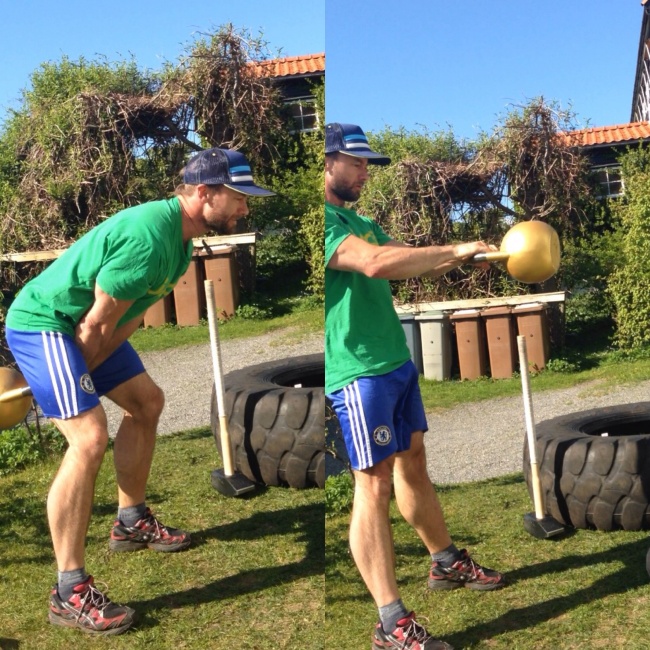
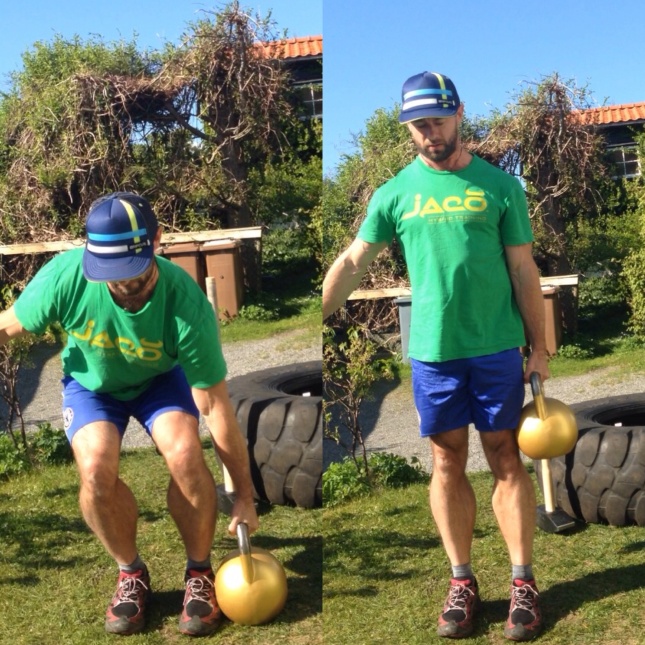
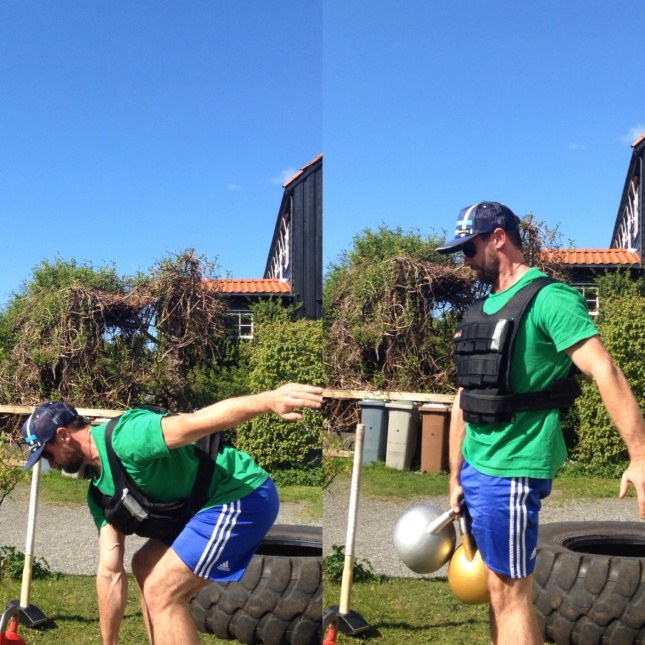
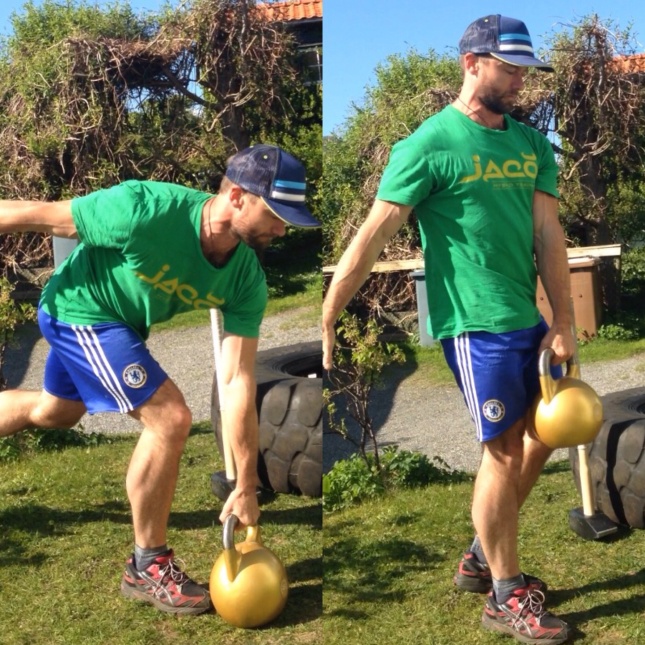
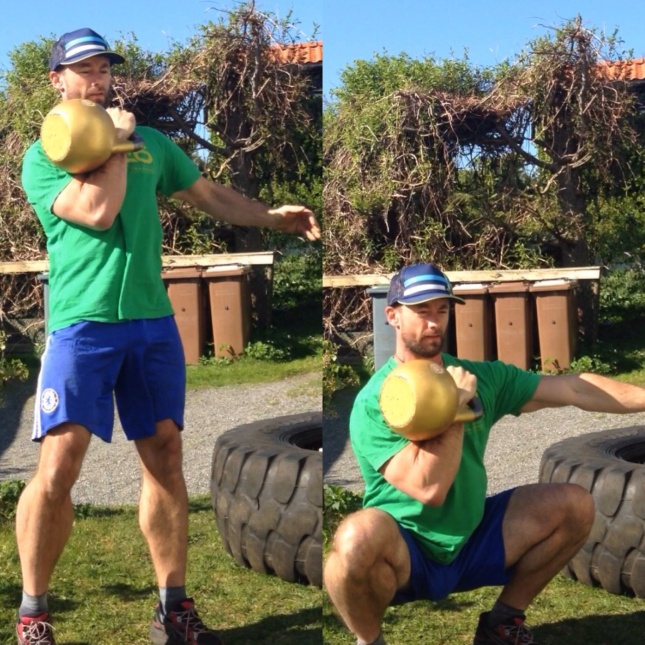

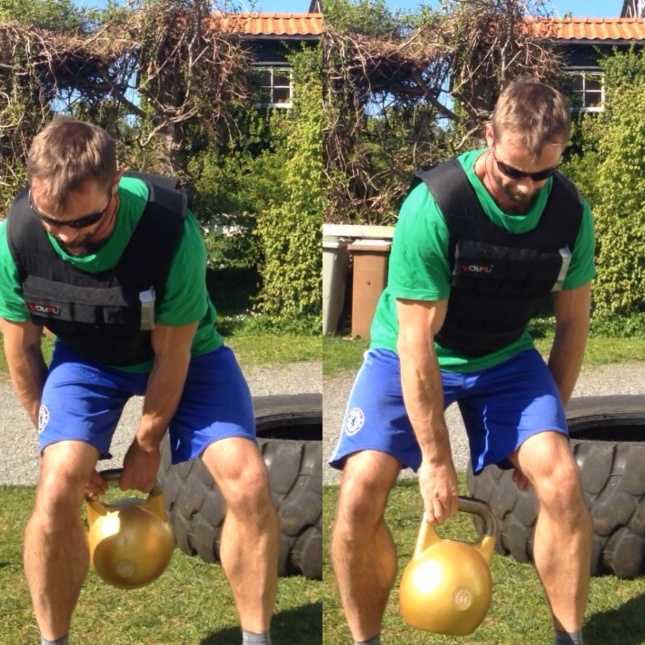
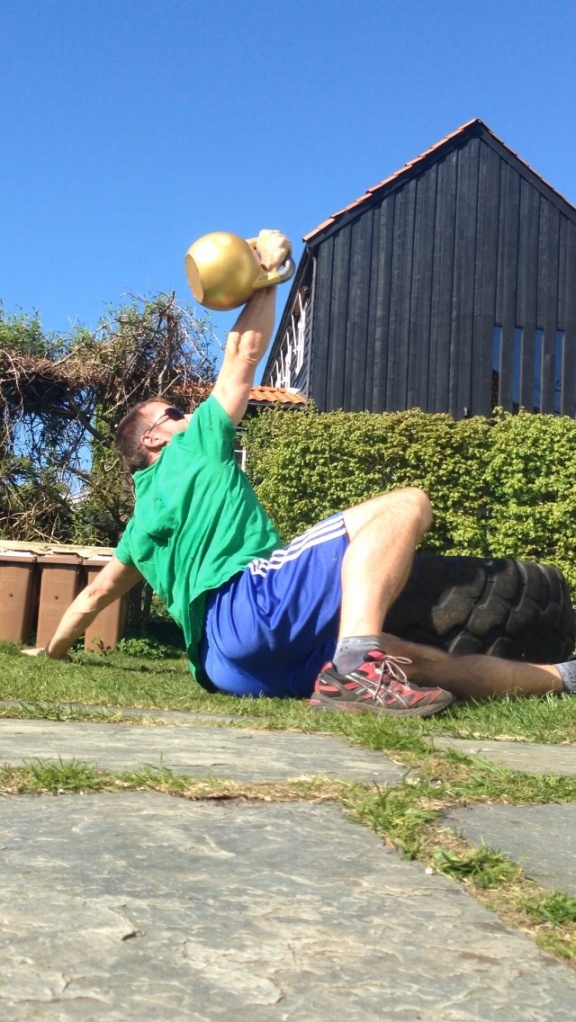
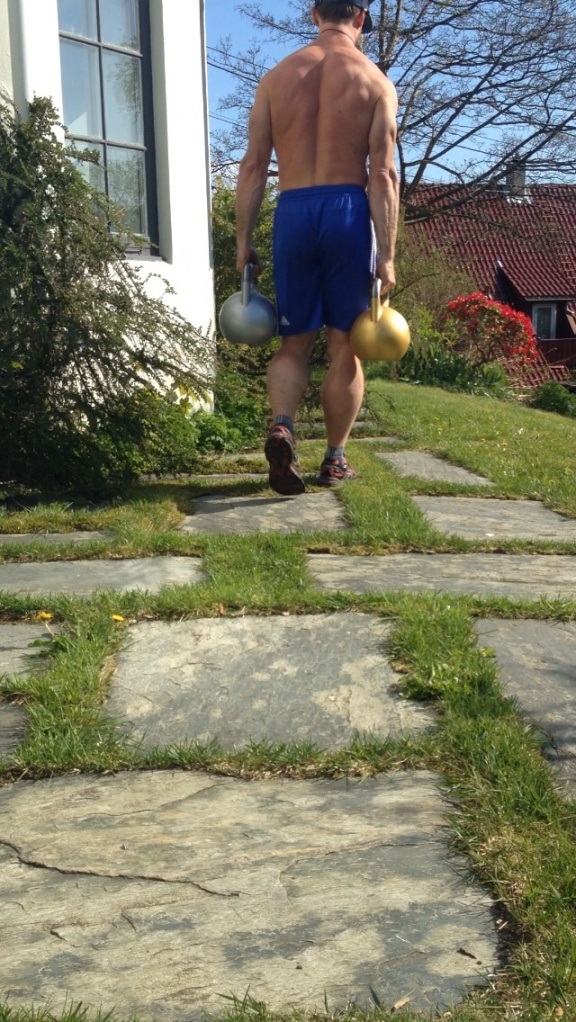
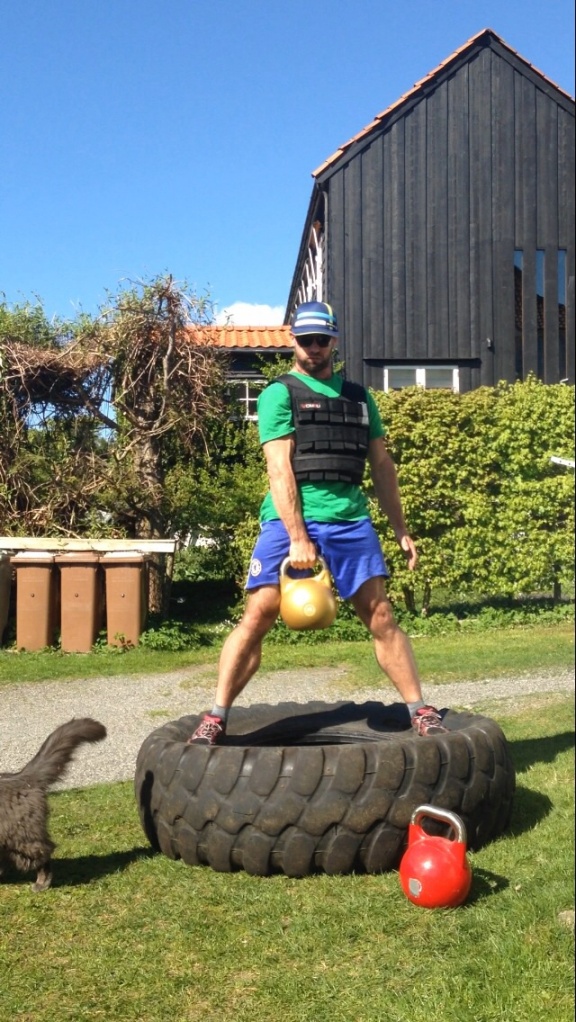
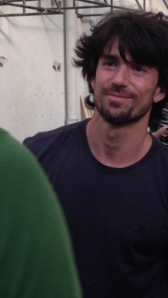
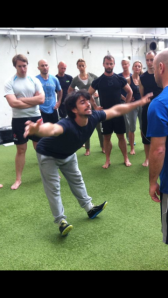

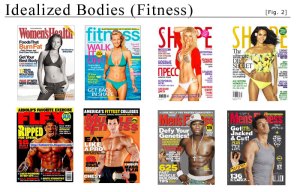
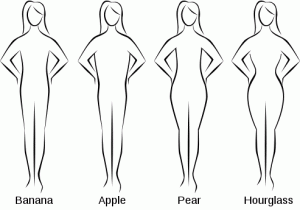

 Steve Cotter is a busy coach. But one that has time. Time to observe, time to learn, time to build upon an already impressive capacity to impart knowledge about the human body, its mechanics, its shortcomings and ultimately its huge potential. You see, Cotter isn’t just your average coach who has had a decent career, picked up a few skills along the way and found a way to impart some of that experience to others. Most coaches follow that line, some are succesful, some less so, yet most find a niche where they stick to what works, and take few chances. Sound familiar? Well, that’s generally the way most cats rock in the health business.
Steve Cotter is a busy coach. But one that has time. Time to observe, time to learn, time to build upon an already impressive capacity to impart knowledge about the human body, its mechanics, its shortcomings and ultimately its huge potential. You see, Cotter isn’t just your average coach who has had a decent career, picked up a few skills along the way and found a way to impart some of that experience to others. Most coaches follow that line, some are succesful, some less so, yet most find a niche where they stick to what works, and take few chances. Sound familiar? Well, that’s generally the way most cats rock in the health business.